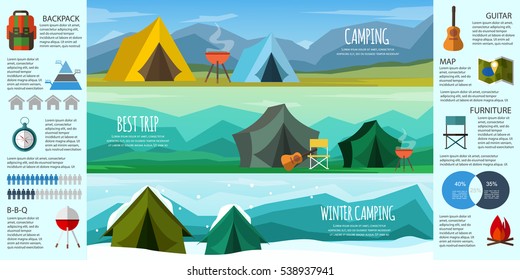As camping progressed to mirror a broader cultural shift toward mindfulness and sustainability, tent design followed suit. Whether it's with user-friendly arrangement remedies or the application of Fitts' Law, modern tent design continues to innovate and broaden camper's choices for outside exploration.
The wedge camping tent, additionally known as a wall surface tent, can be built by putting up the ridgepole atop upright posts and freely staking down each side. This allows for even more living and moving space than an A-frame outdoor tents.
The A-Frame
Among one of the most iconic camping tent layouts is a conventional A-frame. This framework takes its name from its roofline, which resembles the capital letter A. This form develops a vaulted ceiling that provides an open, large feeling inside the home. The sloping walls also make second-level loft space areas ideal for resting.
In the past, a good scout might establish a canvas A-frame tent in 2 mins or less. A modern-day A-frame cabin can offer the very same ease of setup, but with much better weather condition security and more functional space.
A-frames are an excellent example of functional design, which highlights minimizing the intricacy of a product so that it can be a lot more easily comprehended and utilized. Today, UI/UX designers utilize this principle to craft instinctive user interfaces that allow individuals to attain their objectives with optimal efficiency. This approach mirrors the A-frame's origins as a remedy to human demands. The simpleness of A-frames additionally reflects a desire for outdoor experiences that balance technical advancement with a much deeper link to nature.
The Wedge
Whether you are new to wall surface camping tents or are a skilled camper, picking the right structure for your canvas sanctuary can feel like an overwhelming experience in the beginning. With numerous options for material, frameworks and degrees of protection from the elements to consider, you can quickly obtain lost in a sea of jargon.
Thankfully, navigating the globe of wall surface camping tents doesn't have to be so complicated. We have actually established our very own system to assist you simplify your decisions. With our easy Wedge design, we've removed the requirement for confusing textile and framework options so you can spend even more time appreciating your journey and much less time fretting about your shelter.
The Baker
The baker tent is a changed lean-to design camping tent. It is grocery bag an extremely versatile and useful sanctuary that can be whized tight against the elements or opened to let in the warmth of a reflector campfire. The baker was the outdoor tents of option of numerous logging camps and wilderness canoe travelers in the 1800's. The baker camping tent likewise gained prestige in the very early 1900's when country wide known outdoor author Horace Kephart made use of a baker camping tent at his well-known base camp on Dicks Creek in North Carolina.
Picking the ideal internal structure, tube dimension and fabrication is an important consider identifying the strength of your wall surface tent and how it will certainly deal with transforming weather. Additionally, a substantial part of your wall surface tent's long life and capability is identified by the therapy that it has been subjected to. Bravo's bonded steel interior frames are constructed utilizing premium 1 3/8 inch galvanized tubing and strong welded angle packages that are braced for extra strength.
The Whelen
In a time of raising industrialization and urbanization, outdoor camping was a stepping back to standard nature gratitude. It supplied a chance to value imperfections in products and asymmetry of the landscape, to welcome the transience of everyday rhythms of rising, moving, resting, and resting, and to get in touch with the natural world at an exceptionally human degree.
Early tent styles were crafted with an eye to economic climate of room and weight, yet we have seen a desertion of these conservative ideas towards bigger, gangly styles that take longer to set up, call for more cautious planning of the footprint, and deal much less in terms of weather defense. This way, the contemporary tent reflects a social shift far from technological advancement and in the direction of mindfulness, sustainability, and admiration for an extra environment. Similar to tents, UI/UX layout is likewise centered on meeting human demands. Fitts' Legislation, for example, educates us to focus on the size and proximity of interactive components in order to assist in quicker and much more efficient user communications.
